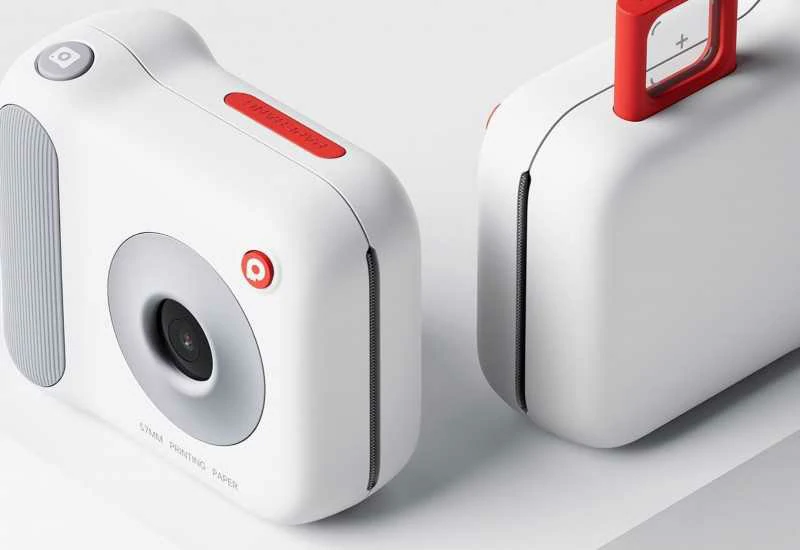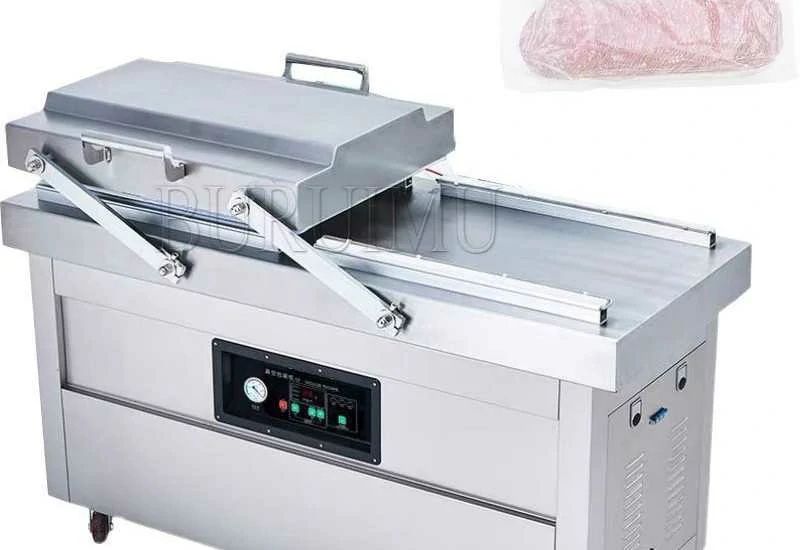Are you considering buying a 3D printer? Whether you’re a hobbyist, a small business owner, or a professional in the field, investing in a 3D printer can open up a world of possibilities. However, with so many options available on the market, it can be overwhelming to choose the right one for your needs. In this article, we’ll provide comprehensive advice to guide you through the process of purchasing a 3D printer. From understanding the technology to evaluating your specific requirements, we’ll cover all the essential aspects to consider before making your decision.
Understanding 3D Printing Technology
Before delving into the specifics of buying a 3D printer, it’s crucial to have a fundamental understanding of the technology behind 3D printing. 3D printing, also known as additive manufacturing, involves creating three-dimensional objects by layering material according to a digital model. This innovative process has revolutionized prototyping, production, and even personal projects.
Types of 3D Printing Technologies
There are several types of 3D printing technologies, each with its own unique advantages and applications. Understanding these technologies is essential when choosing a 3D printer. The most common 3D printing technologies include Fused Deposition Modeling (FDM), Stereolithography (SLA), Selective Laser Sintering (SLS), and Digital Light Processing (DLP). Each technology has its own set of benefits and limitations, so it’s important to research and understand which one aligns with your intended use.
Determining Your Printing Needs
Assessing your printing needs is a critical step in the buying process. Consider the type of objects you intend to print, the level of detail required, the size of the prints, and the materials you plan to use. If you’re a professional user, precise and intricate prints may be your priority, while hobbyists might prioritize affordability and ease of use. Identifying your specific requirements will help narrow down the extensive range of 3D printers available.
Budget Considerations
Setting a budget is key when investing in a 3D printer. Prices can vary significantly based on the printer’s capabilities, build volume, resolution, and additional features. While it can be tempting to opt for the cheapest option, it’s essential to strike a balance between your budget and the features that align with your needs. Remember to consider long-term costs, including maintenance, materials, and potential upgrades, in addition to the initial purchase price.
Evaluating Print Quality and Resolution
Print quality and resolution are critical factors, especially for those who require detailed and precise prints. Pay attention to the layer resolution and overall print quality offered by different 3D printers. Higher resolution capabilities generally result in finer details and smoother surfaces, but they might come at a higher cost. Assess your specific needs and prioritize print quality accordingly.
Reviewing Build Volume and Print Speed
The build volume and print speed of a 3D printer are essential considerations, particularly if you plan to create larger or multiple objects. Evaluate the physical dimensions of the printer’s build area to ensure it meets your requirements. Additionally, consider the printer’s print speed, as this can significantly impact your productivity, especially for those using 3D printing for commercial purposes.
Material Compatibility and Diversity
Another crucial aspect to consider is material compatibility. Different 3D printers support various types of materials, such as plastics, resins, metals, and composites. Ensure that the printer you choose can accommodate the materials you intend to work with. Additionally, consider the diversity of materials available for the printer, as it can expand your capabilities and the range of objects you can produce.
Software and User Interface
The software and user interface of a 3D printer play a significant role in the overall user experience. Intuitive and versatile software can streamline the printing process and offer advanced features for customization and optimization. Consider the compatibility of the printer’s software with various file formats, as well as its user interface and accessibility for seamless operation.
Support and Community
When investing in a 3D printer, it’s essential to consider the support and community surrounding the product. Look for manufacturers or vendors that offer comprehensive customer support, including troubleshooting, maintenance, and warranty coverage. Additionally, consider the presence of a community of users, as this can provide valuable insights, resources, and assistance as you navigate the world of 3D printing.
Future Expansion and Upgradability
As with any technology investment, it’s important to consider the potential for future expansion and upgradability. Assess whether the 3D printer allows for hardware upgrades, firmware updates, and compatibility with future advancements in the industry. A printer that can grow with your needs and adapt to evolving technologies can offer long-term value and versatility.
Purchasing a 3D printer is a significant decision that requires careful consideration of various factors. By understanding the technology, evaluating your specific needs, setting a budget, and thoroughly researching available options, you can make an informed choice that aligns with your objectives. Ultimately, investing in the right 3D printer can unleash your creativity, enhance your production capabilities, and open up a world of innovative possibilities.


